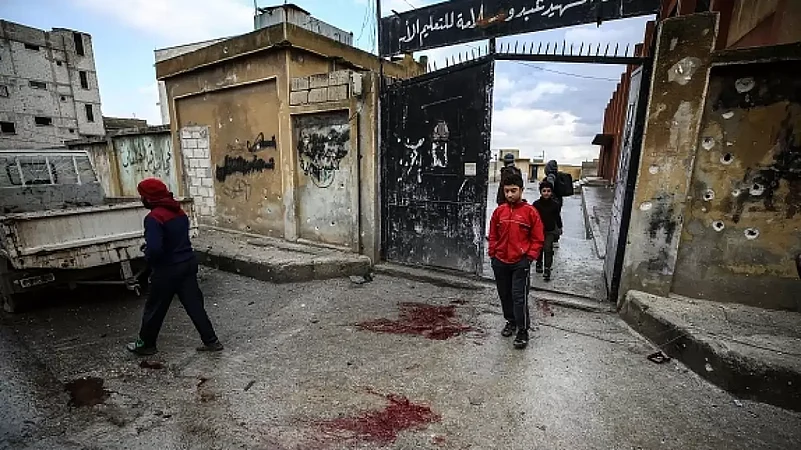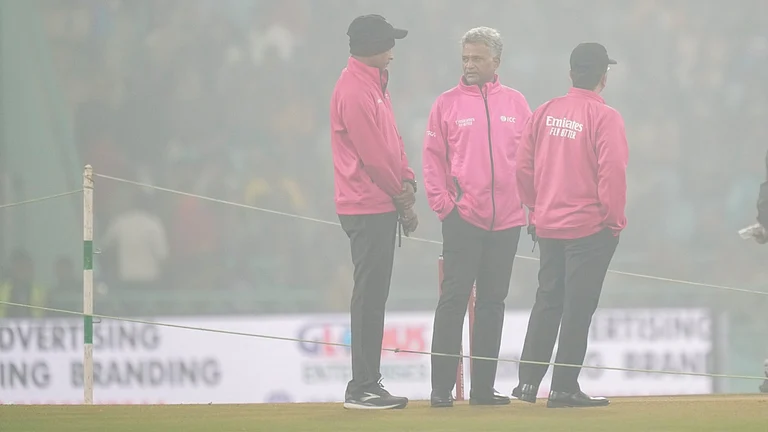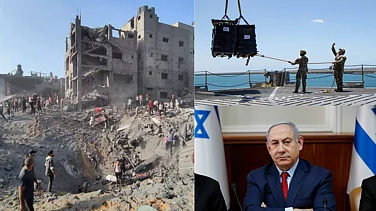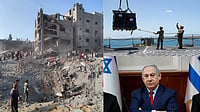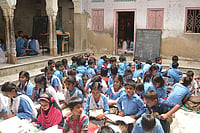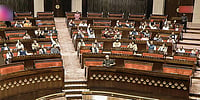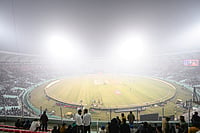On March 3, 2022, when Cheriniv was struck by Russia, a school was brought down into rubble killing nearly 10 children. The school was turned into a shelter home amid relentless bombing and Inna Levchenko, who taught there for 30 years, had written the word ‘children’ in big and bold, on the wall of the school hoping that it would be spared. However, the bomb fell anyway.
“Why schools? I cannot comprehend their motivation,” she said in an interview with AP, adding, “It is painful to realize how many friends of mine died … and how many children who remained alone without parents, got traumatized. They will remember it all their life and will pass their stories to the next generation.”
That was in 2022. In 2020, amid the ongoing Syrian civil war, the Syrian Observatory for Human Rights said schools and hospitals were among the military targets. In Idlib, which became the worst target that year, the Union of Medical Care and Relief Organizations (UOSSM) said 10 schools in total - including two nurseries - and the Idlib Central Hospital were hit by airstrikes and ground attacks.
That was in 2020. In 2023, amid the ongoing Israel war on Gaza, 27 out of 35 hospitals have been knocked out of operation, according to the World Health Organization. Over 120 health facilities have been targeted and over 250 schools have been destroyed in Israeli air strikes. Over 4,000 children have been killed. Al-Shifa Hospital, the largest in Gaza, has been a major focus of Israel’s ground offensive in northern Gaza, with international bodies calling it “a death zone”.
When hospitals and schools become military targets during any ongoing war, the destruction and loss are far greater. It’s the loss of a safe space during a conflict. Despite legal protection given to these safe spaces during armed conflicts, they become key military targets as people flock there seeking protection. In 2019, the Safeguarding Health in Conflict Coalition documented more than 1,203 incidents of violence against medical facilities, transports, personnel and patients in twenty countries.
Hospitals and schools are protected under the International Humanitarian Law (IHL) during armed conflict. Under the Geneva Convention of 1864, a fundamental principle of IHL has been that the “wounded and sick shall be collected and cared for”. According to this principle, all wounded and sick persons, including civilians and wounded combatants who are considered hors de combat, are given a general protection”. A violation of this qualifies as a war crime.
In terms of schools, although there is no provision in the four Geneva Conventions of 1949, the Additional Protocols or in customary international law that explicitly and exclusively deals with the protection of schools, according to the International Committee of Red Cross (ICRC), IHL requires warring parties to refrain from attacking students, teachers, and their schools. The Safe Schools Guidelines, launched in Oslo in May 2015, are built on the guidelines to safeguard educational institutions by IHL.
However, despite this legal framework, attacks on schools and hospitals during armed conflicts are met with impunity.
As of May 2022, Russia shelled more than 1,000 schools, destroying 95. On May 7, a bomb flattened a school in the eastern village of Bilohorivka, which, like School No. 21 in Chernihiv, was being used as a shelter. As many as 60 people were feared dead.
In Syria, between late April and June 2019, a total of 24 health facilities and 35 schools were hit by the Syrian government and Russian air raids and rocket fire on the Idlib region, according to UN data. The bombs smashed into refugee camps, child care centres, schools, hospitals, and makeshift clinics. In 2021, as Syria marked its tenth year of civil war, a new report from the International Rescue Committee (IRC) and its Syrian partner organizations in their report, “A Decade of Destruction: Attacks on health care in Syria,” highlights how the 10-year war strategy has turned hospitals from safe havens into no-go zones where Syrian civilians now fear for their lives.
The report found that 59 per cent of civilians in northwest Syria have been directly impacted by an attack on healthcare facilities while 12 million Syrians were in need of health assistance, and roughly one-third require routine reproductive, maternal, neonatal and child health services.
Similarly, a UN report of 2022 highlighted how 2,900 schools were damaged, destroyed, or unused during the Yemeni Civil War with the UN accusing the Saudi-led coalition of "complete disregard for human life".
Such degrees of inhumane fallouts during armed conflicts have plagued several countries in the post-World War II era and Outlook looks at what happens to these safe places while there remains a need for greater civil society’s engagement and publicity to press for investigations into violations of IHL.






